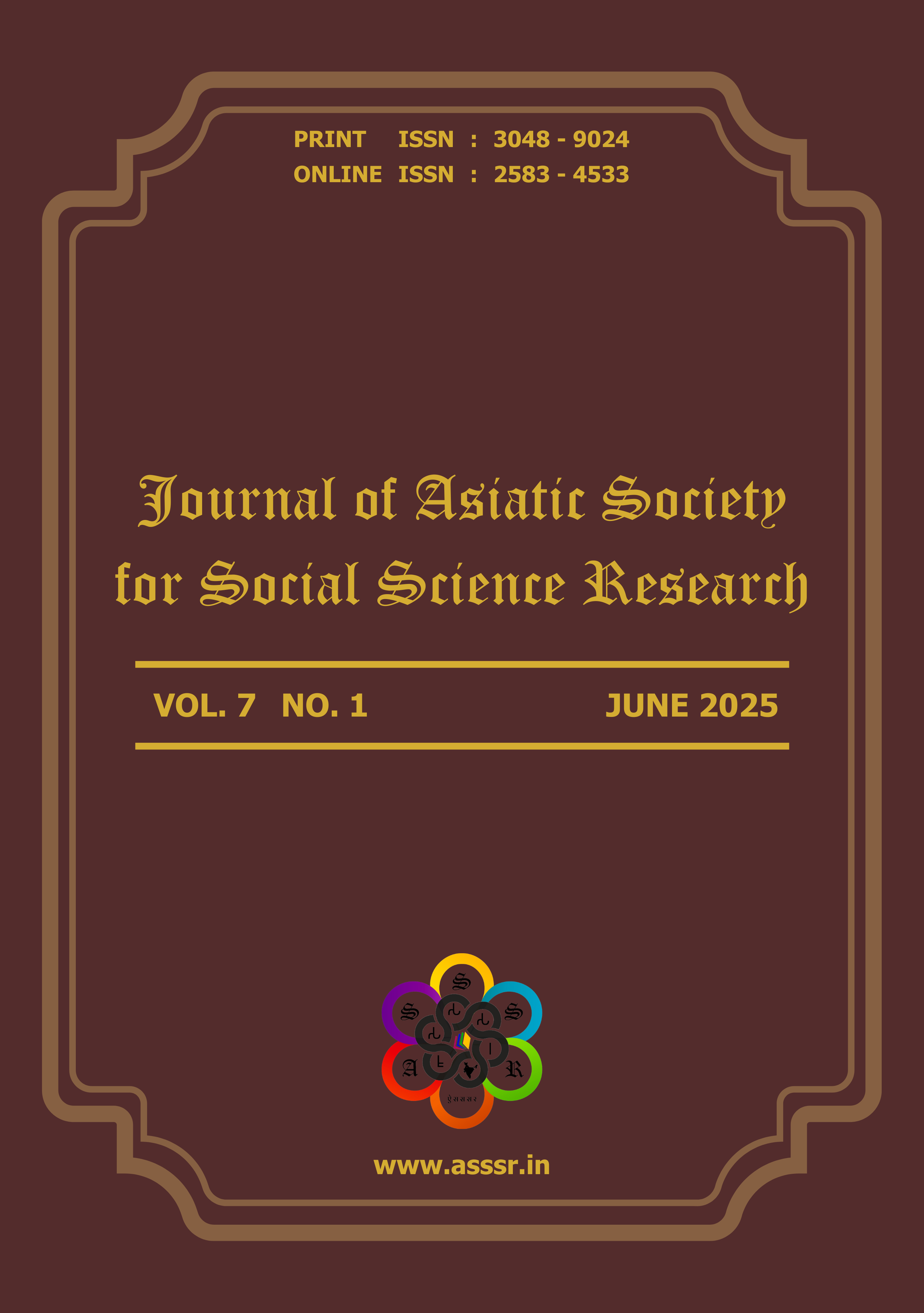The Making and Unmaking of Jejākabhukti
Historical Construction of a Region
Keywords:
Region, History of Regions, Regional History, Material Region, Early Medieval, Subjectivity and ObjectivityAbstract
In Indian historiography, regional histories began with our colonial masters, who, for their advantage of exacerbating the differences among Indians, characterised Indian society based on exclusive identities of caste, region, language, ethnicity, etc., and considered it to be impossible to be held together. In response to our colonial masters, nationalist scholars stressed the idea of India as an undifferentiated one. These writings are important, given the time and background in which they were written. However, they only stressed the aspect of unity holding India together, not the plurality of the country, i.e., geographical or cultural. By the 1970s, we see a shift in the study of regions in Indian historiography—the shift from regional history to the history of the regions (Some of the important scholars associated with the approach of the ‘history of regions’ are B.P. Sahu, B.D. Chattopadhyaya and Hermann Kulke.) While the former was concerned with the uniqueness of the region, which was fuelled by regional sentiments and chauvinism, the latter was a dispassionate study of the processes contributing to the development of the regions. The present study is a study of the latter kind—the history of the regions. The region of Jejākabhukti (The region ‘Jejākabhukti’ was named after an eponymous ruler of the Candella dynasty) was held by the Candella rulers during the Early Medieval period (c.900-1300 CE). However, today, scholars have identified the region with modern Bundelkhand. The region ‘Bundelkhand’ does not exist as a political unit like other states in the Indian Union, but there has been a demand by the people of the region based on cultural distinctions. The scholars of the Bundelkhand region consider Jejākabhukti to be the region’s first distinct political unit. But, then, we come to another question—how and when was the region identified as the Bundelkhand region? How has this ‘region’ been looked at or perceived under British rule? And, further, what is the scenario and perception concerning the region today? This study will address these important questions.
Additional Files
Published
How to Cite
Issue
Section
License
Copyright (c) 2025 Journal of Asiatic Society for Social Science Research

This work is licensed under a Creative Commons Attribution-NonCommercial-NoDerivatives 4.0 International License.
All right reserved.


